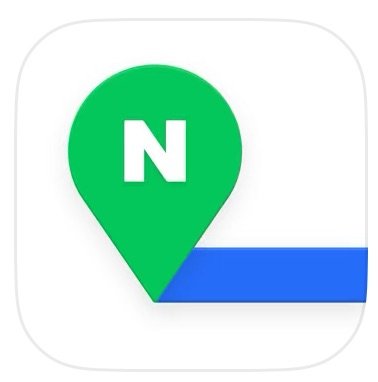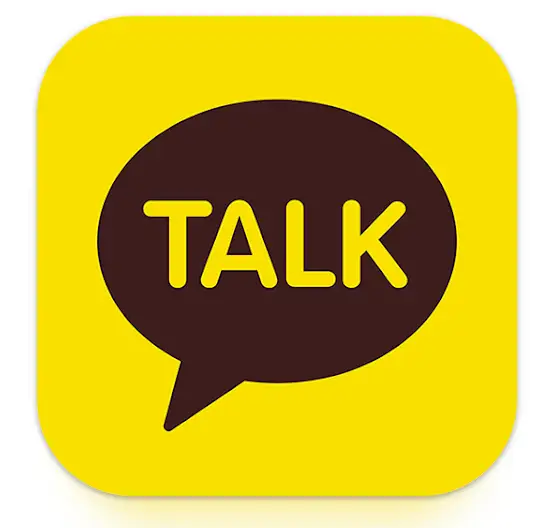Author
H.D. PARK
Author
H.D. PARK


If you’re visiting Korea and want to go beyond the typical tourist experience, the best place to start is your phone. Korea travel apps are not just helpful—they’re an essential part of local life. In this post, I’ll show you the apps that Koreans use every day, and how they can make your trip smoother, richer, and more local.
Unlike many countries where Google and WhatsApp dominate, Korea’s digital world is led by homegrown platforms like Naver and Kakao. These companies don’t just make apps—they build ecosystems that locals use for everything: chatting, searching, getting around, and more.
Another app that may come in handy if you are planning to stay in Seoul, is 따릉이 (Seoul Bike, or Ttareungi). It’s the official public bike rental system in Seoul, and it’s incredibly easy to use once you download the app. With just a few taps, you can unlock a bike and start riding — whether it’s a quick commute or a scenic ride through along the Han River. It’s not just practical, it’s also a fun way to see the city like a local.
As someone who lives in Seoul, I’ll guide you through the apps I personally use on a daily basis, why they matter, and how they can improve your travel experience.

In Korea, Naver Map is the go-to navigation app — and it’s far more accurate and reliable than Google Maps at least in Korea, especially in busy, dense cities like Seoul. Naver Map handles all the details of the road with impressive precision.
Here’s what makes it a must-download for any traveler:
Also, Naver Map offers full English-language support, including recommendations for places to go nearby based on your location and directions for how to get there. You can switch between English and Korean names to help navigate both as a traveler and as someone who might be reading signage in Hangul.

KakaoTalk is more than a messaging app — it’s how Koreans stay connected, organize plans, make reservations, share files, and even pay for things. If you’re planning a trip to Korea and hoping to make new friends, downloading KakaoTalk is almost essential.
Here’s why it matters:
One of the most delightful aspects of both Naver and Kakao is how they humanize technology with signature characters.
Naver and Kakao both make merchandise featuring their beloved characters, which also makes for fun and memorable souvenirs to take home. Have a look out for official stores in tourist areas or even in at the airport if you are willing to take one home.

One of the best ways to explore Seoul — especially around wide, open areas like Olympic Park, Hangang River, or even quiet backstreets — is by bike. And for that, 따릉이 (Seoul Bike) is your go-to.
Ttareungi is Seoul’s official public bike-sharing system. The name comes from the sound of the bells you ring on your bike. (Ttareung = ring ring) You’ll spot the green-and-white bikes docked near subway stations, parks, and major intersections all over the city. It’s also incredibly affordable: a 1-hour pass costs just 1,000 KRW (roughly $1 USD)
In my opinion, the best places to ride are along the Hangang River and in spacious parks like Seoul Olympic Park — where wide paths, open views, and fresh air make the ride especially enjoyable. You can also check out my post on Olympic Park here for tips on what to see and how to get there.
Tip: The 1-hour and 2-hour passes don’t mean you can only use the bike for that exact duration once. Instead, they mean you must return the bike to a dock within the time limit, but you can immediately unlock another bike again during the 24-hour rental window. It’s basically a hop-on, hop-off system, great for spontaneous rides.
Korea travel apps aren’t just tools—they’re a window into modern Korean life. By using the same apps we locals rely on, you’ll move through the country more smoothly, enjoy local spots with confidence, and maybe even see Korea a little differently.